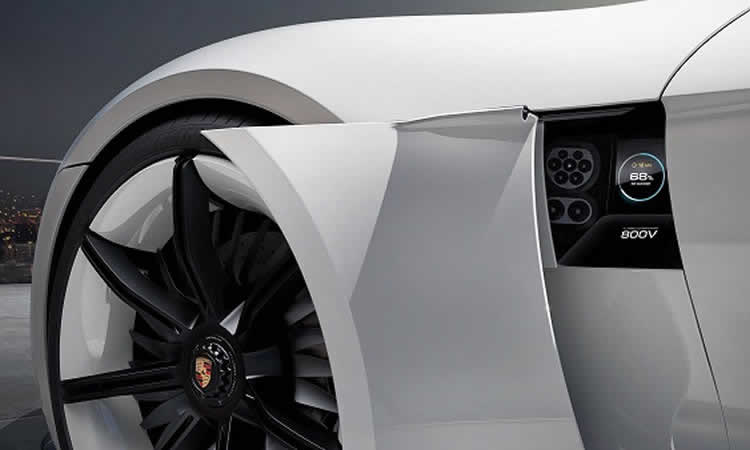
Como Instalar e calcular o Poder de carregamento
Saiba tudo o que precisa de saber ao instalar sua estação de carregamento, quais os componentes técnicos além de sua estação de carregamento e veja como realizar a instalação corretamente com toda a segurança.
Em termos de segurança do veículo, da instalação e principalmente dos
utilizadores deverá colocar no circuito de alimentação da Estação de
Carregamento as seguintes proteções, que tal como os cabos a utilizar devem ser
apropriados para a potência de carregamento pretendida:
Proteção Diferencial tipo A EV + Disjuntor Curva C
Estas proteções deverão estar num circuito que apenas alimente a Estação de
Carregamento.
Devem ser colocadas quando a Estação de Carregamento não possui qualquer proteção.
Proteção Diferencial tipo A + Disjuntor Curva C
Estas proteções deverão estar num circuito que apenas alimente a Estação de
Carregamento.
Devem ser colocadas quando a Estação de Carregamento já possui Sensor de Fuga
de Corrente Continua incorporado.
Disjuntor Curva C
Estas proteções deverão estar num circuito que apenas alimente a Estação de
Carregamento.
Devem ser colocadas quando a Estação de Carregamento já possui Sensor de Fuga
de Corrente Continua e Proteção Diferencial incorporadas.
2) Potências de Carregamento
Ao escolher a Estação de Carregamento deverá ter em conta a potência disponível na instalação existente e a potência que o seu veículo vai realmente utilizar para o carregamento.
Em relação às potências mais utilizadas temos:
- Ligação Monofásica com 16A = 3,7 kW
- Ligação Monofásica com 20A = 4,6 kW
- Ligação Monofásica com 32A = 7,4 kW
- Ligação trifásica com 16A (por fase) = 11 kW
- Ligação Trifásica com 32A (por fase) = 22 KW
2) Duração do Carregamento
- Posto de carregamento normal (3.7 kW/h): aproximadamente 6-8 horas para capacidade de 100%
- Posto de carregamento 'semirrápido' (22kW/h): 1*hora para 80% de capacidade
- Posto de carga rápido: 20-30 * minutos para 80% de capacidade
Um exemplo:
Se você quiser atingir uma potência de carga de 22 kW, a sua instalação elétrica deverá ser trifásica com uma amperagem disponível de 32A por fase.
Nota: Independentemente da marca ou modelo da viatura que adquirir, ao escolher uma wallbox, o critério principal a ter em conta é o tipo de energia contratada.
Exemplo; Se têm energia monofásica deve adquirir uma wallbox monofásica. Se têm energia trifásica deve adquirir uma wallbox trifásica, independentemente se a viatura que têm no momento ser de carregamento monofásico ou trifásico

Deixe o seu comentário
Nota: HTML não é traduzido!